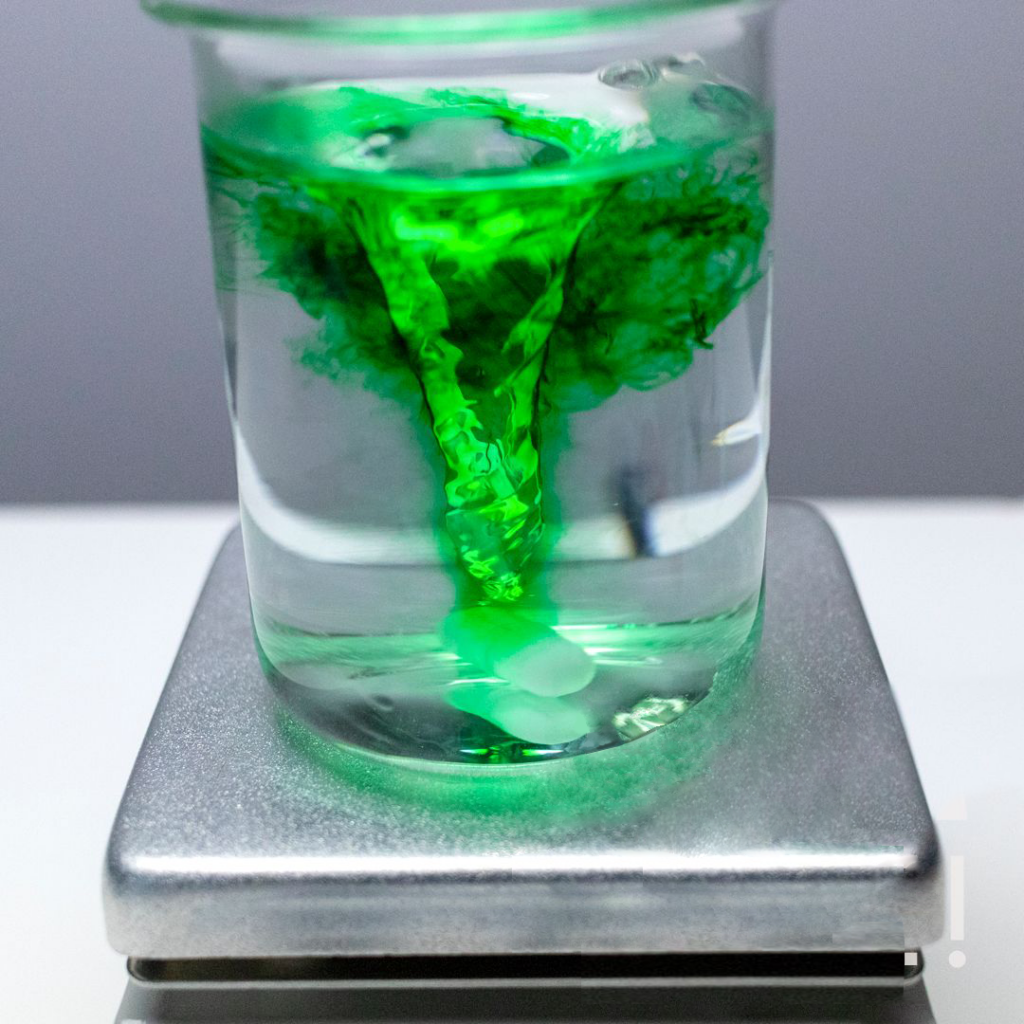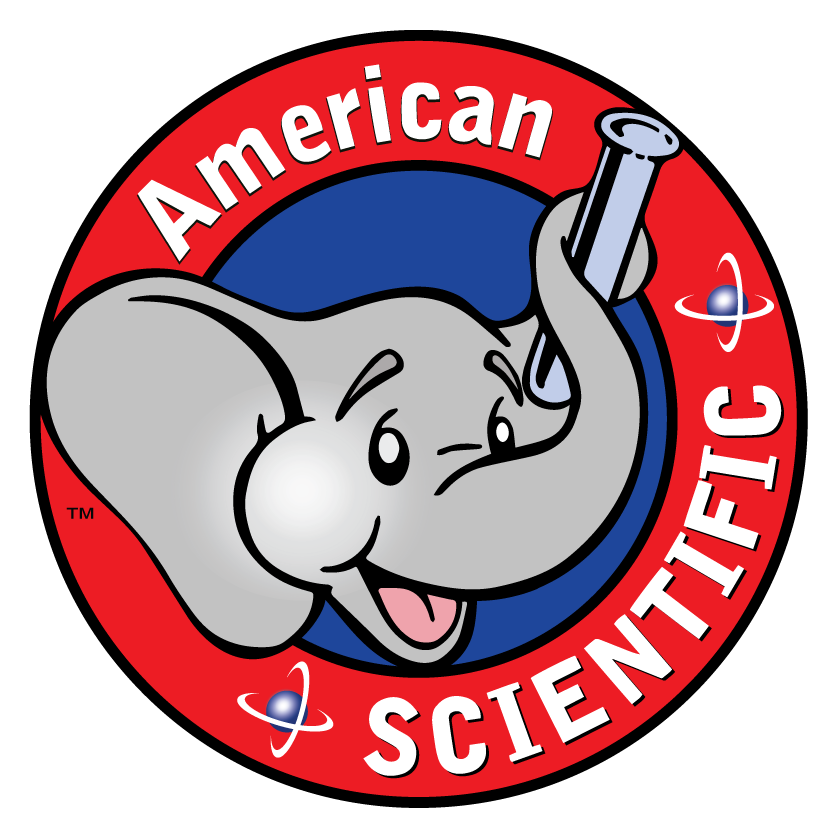
Heated Magnetic Stirrers are a critical piece of laboratory equipment that has a long and fascinating history. The concept of using magnetic fields to stir liquids dates back to the early 1900s when scientists first discovered that magnetic fields could be used to generate a current in a conductor, which could then be used to stir a liquid.
In 1917, the first patent for an “Electrical Drink Mixer,” was filed by Richard H. Stringham. Early models used different magnetic components and were limited in their ability to control temperature. It was not until the 1950s that the first commercially available heated magnetic stirrers were developed after a patent was filed in 1944, which combined upgraded stirring capabilities with the temperature control capabilities of heating plates.
Heated magnetic stirrers have proven to be a valuable mainstay in any laboratory, offering a unique combination of temperature control and stirring capabilities. Their invention and development have been driven by the need for more efficient and precise methods of mixing liquids in the laboratory. With the continued advancements in technology, heated magnetic stirrers are likely to play an even more important role in chemical and biological research in the future. Whether it’s for synthesizing new compounds, conducting reaction kinetics studies, or growing cells in culture, heated magnetic stirrers provide researchers with the tools they need to make accurate and reproducible measurements.
US1242493A – Electrical drink-mixer. – Google Patents
https://worldwide.espacenet.com/textdoc?DB=EPODOC&IDX=US2350534
